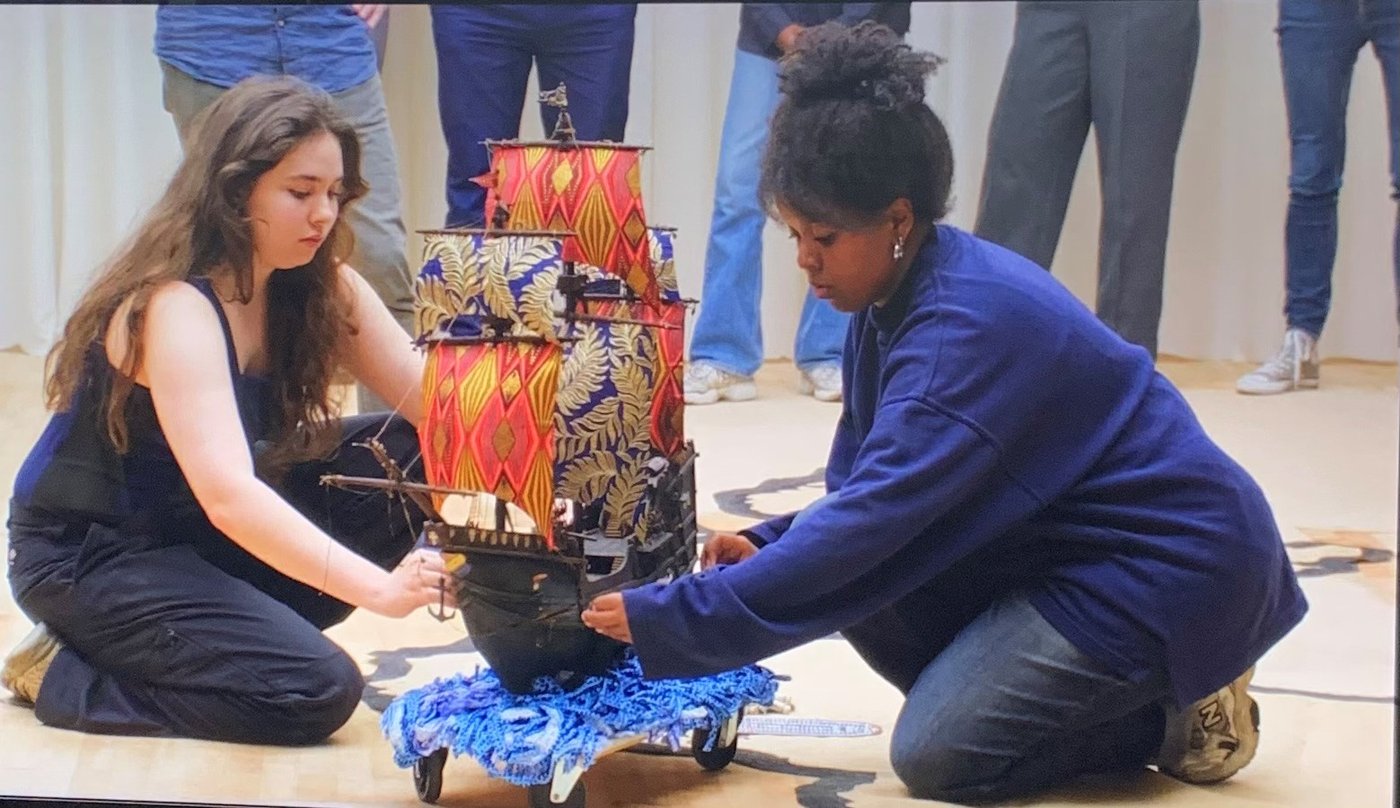Threads
FWF | Top Citizen Science
led by Anette Baldauf, Institute for Art Theory and Cultural Studies
Duration: 1.6.2025 – 31.5.2026
"Every generation confronts the task of choosing its past."
— Saidya Hartman, Lose Your Mother: A Journey Along the Atlantic Slave Route
In Vorarlberg, the 19th century textile industry established fertile ground for what is now known as the thriving Rhine Valley. Local mythologies attribute the region's prosperity to a rigorous work ethic and dedicated entrepreneurship, expressed in the prominent proverb "Schaffa, schpära, husa; Katz verkofa, sealb'r musa" ("work, save, build a house; sell the cat, catch mice yourself"). This narrative and the associated declaration of innocence ignores the enslaved laborers in the southern USA who supplied the "cheap cotton" for the rising textile empire in Vorarlberg. The "guest labor" of Turkish workers, the homework of peasant women and the factory work of dispossessed farmers is equally rarely considered the foundation of Vorarlberg’s prosperity.
In collaboration with the Dornbirn City Museum team, the artistic research project "FÄDEN" ("Threads") invites citizens to gather implicit and marginalized knowledge about Vorarlberg's textile history and collectively take responsibility. Our commitment follows the scenic-performative method of sociodrama, which is employed here as a creative research method: By means of the sociodrama, we collect stories, enrich the cultural archive in Vorarlberg and challenge the popular culture of superiority. The sociodrama is realized by a so-called director and a group of so-called players as well as supporting players and witnesses (the audience). Several public calls invite citizens to participate and contribute to the production of six sociodramas. The sociodramas take place in different locations - on stages that inspire us to reframe scenes of an alternative history.
